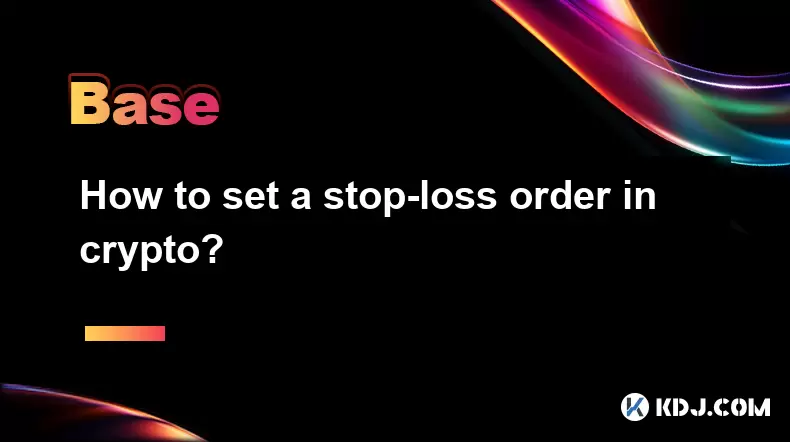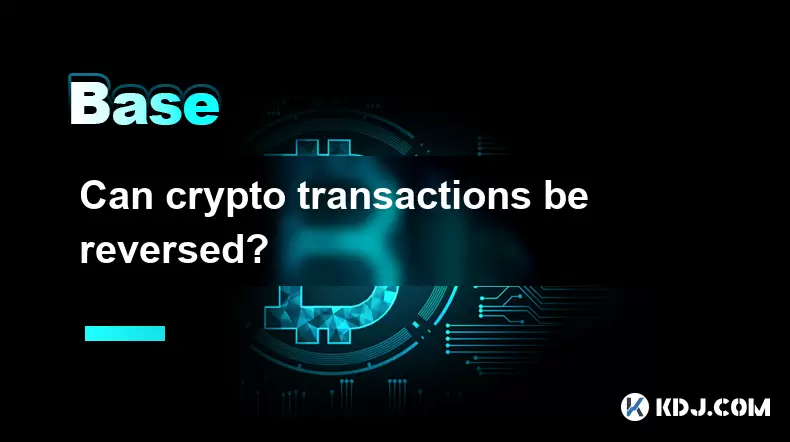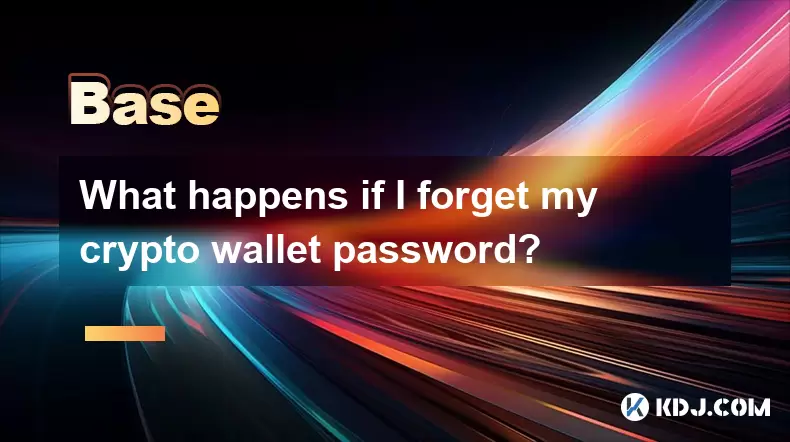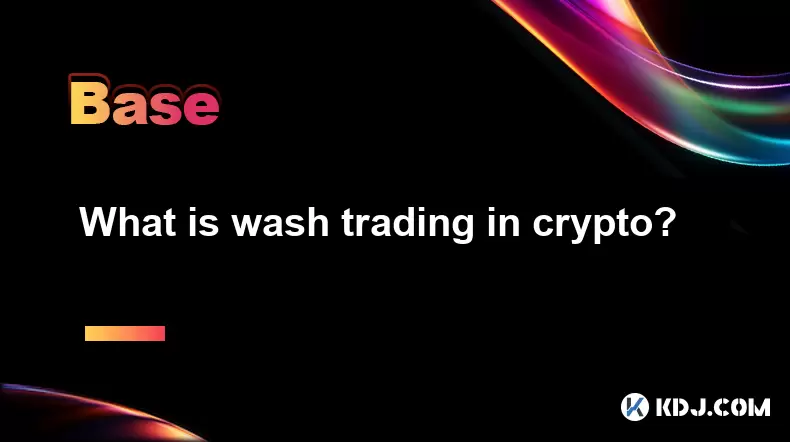-
 Bitcoin
Bitcoin $118300
1.01% -
 Ethereum
Ethereum $4215
0.69% -
 XRP
XRP $3.198
-3.83% -
 Tether USDt
Tether USDt $1.000
-0.01% -
 BNB
BNB $803.4
-0.53% -
 Solana
Solana $180.3
-0.67% -
 USDC
USDC $0.9998
-0.01% -
 Dogecoin
Dogecoin $0.2334
-1.49% -
 TRON
TRON $0.3394
0.86% -
 Cardano
Cardano $0.7980
-1.45% -
 Chainlink
Chainlink $22.19
6.65% -
 Hyperliquid
Hyperliquid $43.41
0.13% -
 Stellar
Stellar $0.4407
-3.13% -
 Sui
Sui $3.843
-2.24% -
 Bitcoin Cash
Bitcoin Cash $564.7
-3.74% -
 Hedera
Hedera $0.2588
-3.41% -
 Ethena USDe
Ethena USDe $1.001
0.00% -
 Avalanche
Avalanche $23.64
-3.37% -
 Litecoin
Litecoin $120.0
-4.01% -
 Toncoin
Toncoin $3.342
-1.11% -
 UNUS SED LEO
UNUS SED LEO $9.038
0.60% -
 Shiba Inu
Shiba Inu $0.00001347
-0.81% -
 Uniswap
Uniswap $10.69
-4.58% -
 Polkadot
Polkadot $4.034
-1.30% -
 Dai
Dai $1.000
0.01% -
 Bitget Token
Bitget Token $4.472
-1.52% -
 Cronos
Cronos $0.1571
-3.04% -
 Pepe
Pepe $0.00001207
-2.21% -
 Monero
Monero $273.8
-3.19% -
 Ethena
Ethena $0.7520
2.75%
How to set a stop-loss order in crypto?
A stop-loss order helps crypto traders limit losses by automatically selling a asset when its price hits a preset level, crucial in volatile markets.
Aug 10, 2025 at 01:57 pm

Understanding the Purpose of a Stop-Loss Order in Crypto Trading
A stop-loss order is a risk management tool used by traders to limit potential losses on a cryptocurrency position. When the price of a digital asset reaches a predetermined level, the stop-loss triggers a market or limit order to close the position automatically. This mechanism protects traders from extended downturns, especially in a highly volatile market like cryptocurrency. Without a stop-loss, emotional decision-making may lead to holding onto losing positions for too long, resulting in greater financial damage. By setting a stop-loss, traders enforce discipline and ensure their capital is preserved according to a predefined strategy.
Different Types of Stop-Loss Orders in Crypto Exchanges
Crypto exchanges typically offer several variations of stop-loss orders, each suited for different trading styles and market conditions. The most common types include:
- Stop-market order: When the stop price is reached, the order becomes a market order and executes immediately at the best available price. This ensures execution but may result in slippage during high volatility.
- Stop-limit order: This order becomes a limit order once the stop price is triggered. It will only execute at the specified limit price or better, offering more control over the execution price but risking non-execution if the market moves too fast.
- Trailing stop-loss: This dynamic order adjusts automatically as the price moves in the trader’s favor. For example, if you set a trailing stop of 5%, the stop price rises as the market price increases, locking in profits while still protecting against reversals.
Each of these options serves a distinct purpose, and choosing the right one depends on your risk tolerance, trading frequency, and market expectations.
Step-by-Step Guide to Setting a Stop-Loss on a Crypto Exchange
To set a stop-loss order, you must use a cryptocurrency exchange that supports this feature. Most major platforms like Binance, Kraken, and Bybit offer stop-loss functionality. Below are the steps to configure one:
- Log in to your chosen crypto exchange and navigate to the spot or futures trading interface, depending on your position type.
- Select the trading pair you wish to trade, such as BTC/USDT or ETH/USD.
- Switch from “Market” or “Limit” order mode to “Stop-Loss” or “Stop-Limit” mode—this option is usually located near the order type selector.
- Enter the quantity of cryptocurrency you want to sell if the stop-loss triggers.
- Input the stop price—this is the price level at which the order will activate. For long positions, this should be below the current market price; for short positions, it should be above.
- If using a stop-limit order, also set the limit price—the minimum (for sells) or maximum (for buys) acceptable execution price.
- Review the order details carefully, including fees and potential slippage warnings, then click “Place Order” or “Submit”.
After submission, the order will appear in your open orders or conditional orders section. It remains inactive until the market reaches your specified stop price.
Best Practices for Determining Stop-Loss Levels
Choosing an effective stop-loss level requires more than guesswork. Strategic placement helps avoid premature triggering while still providing meaningful protection. Consider the following factors:
- Support and resistance levels: Place your stop-loss just below a known support level for long positions or above a resistance level for short positions. This reduces the chance of being stopped out by normal price fluctuations.
- Volatility of the asset: Highly volatile coins like Solana (SOL) or Dogecoin (DOGE) may require wider stop-loss margins compared to more stable assets like Bitcoin (BTC).
- Average True Range (ATR): Use technical indicators such as the ATR to measure recent volatility and set stop-loss levels at a multiple of the ATR value, ensuring the stop accounts for typical price movement.
- Position size and risk per trade: Never set a stop-loss so tight that it contradicts your risk-reward ratio. A common rule is to risk no more than 1-2% of your trading capital on any single trade.
Using these methods helps align your stop-loss with market structure rather than arbitrary price points.
Common Mistakes to Avoid When Using Stop-Loss Orders
Even experienced traders can undermine their strategy through poor stop-loss practices. Avoid these common pitfalls:
- Placing stop-loss orders too close to the entry price, making them vulnerable to market noise and short-term volatility.
- Using round numbers (e.g., $30,000 for Bitcoin) as stop levels, which are often targeted by stop-hunting algorithms.
- Neglecting to adjust stop-loss orders in fast-moving markets, especially during news events or macroeconomic announcements.
- Relying solely on stop-loss without combining it with other tools like take-profit orders or hedging strategies.
Additionally, some decentralized exchanges (DEXs) do not support stop-loss orders natively, requiring traders to use third-party bots or centralized platforms for automated execution.
Frequently Asked Questions
Can I set a stop-loss on a decentralized exchange (DEX)?
Most decentralized exchanges such as Uniswap or PancakeSwap do not support native stop-loss orders due to the limitations of smart contracts and real-time price monitoring. Traders must rely on external tools like MetaMask with automation scripts, third-party bots, or move their positions to centralized exchanges that offer conditional orders.
What happens if the market gaps past my stop-loss price?
In cases of extreme volatility or low liquidity, the price may “gap” below your stop price, especially with stop-market orders. This means your order executes at a significantly worse price than expected, a phenomenon known as slippage. To reduce this risk, use stop-limit orders or set your stop further from the current price to account for volatility.
Is it possible to modify or cancel a stop-loss order after placing it?
Yes, as long as the stop price has not been triggered, you can edit or cancel your stop-loss order. On most platforms, go to the “Open Orders” or “Conditional Orders” tab, locate your stop-loss, and select “Edit” or “Cancel”. Be aware that some exchanges may restrict modifications once the price approaches the stop level.
Do futures trading platforms offer better stop-loss features than spot trading?
Futures platforms like Bybit, Binance Futures, and OKX often provide more advanced stop-loss options, including reduce-only and post-only settings, as well as integration with take-profit and trailing stop functions. These features are designed for leveraged trading and offer greater control over risk exposure compared to standard spot trading interfaces.
Disclaimer:info@kdj.com
The information provided is not trading advice. kdj.com does not assume any responsibility for any investments made based on the information provided in this article. Cryptocurrencies are highly volatile and it is highly recommended that you invest with caution after thorough research!
If you believe that the content used on this website infringes your copyright, please contact us immediately (info@kdj.com) and we will delete it promptly.
- NEAR Protocol Rebound: Eyes on $4.63 as Bullish Momentum Builds
- 2025-08-10 17:30:13
- Bitcoin Cash Halving: Will the Price Fall or Fly?
- 2025-08-10 17:30:13
- Uniswap (UNI) Under Bearish Pressure: A Technical Analysis Deep Dive
- 2025-08-10 17:30:15
- DOT Price on the Rise: Polkadot's Bullish Momentum Heats Up!
- 2025-08-10 17:30:15
- Trump, Nasdaq, and Treasury Firms: A Crypto Collision Course?
- 2025-08-10 17:30:16
- BNB's Bullish Trend Survives Market Dip: What's Next?
- 2025-08-10 17:30:16
Related knowledge

Can crypto transactions be reversed?
Aug 10,2025 at 01:35am
Understanding the Immutability of Blockchain TransactionsCryptocurrency transactions are built on blockchain technology, which is designed to be immut...

What happens if I forget my crypto wallet password?
Aug 09,2025 at 08:50am
Understanding the Role of a Crypto Wallet PasswordA crypto wallet password serves as a critical security layer that protects access to your digital as...

What is the best crypto portfolio tracker?
Aug 10,2025 at 05:08am
Understanding the Role of a Crypto Portfolio TrackerA crypto portfolio tracker is a digital tool designed to help investors monitor the performance of...

Can you reuse a crypto wallet address?
Aug 08,2025 at 03:49pm
Understanding Wallet Addresses in CryptocurrencyA crypto wallet address is a unique identifier used to send and receive digital assets on a blockchain...

What is wash trading in crypto?
Aug 10,2025 at 01:07pm
Understanding Wash Trading in the Cryptocurrency MarketWash trading refers to a manipulative practice where a trader simultaneously buys and sells the...

How to set a stop-loss order in crypto?
Aug 10,2025 at 01:57pm
Understanding the Purpose of a Stop-Loss Order in Crypto TradingA stop-loss order is a risk management tool used by traders to limit potential losses ...

Can crypto transactions be reversed?
Aug 10,2025 at 01:35am
Understanding the Immutability of Blockchain TransactionsCryptocurrency transactions are built on blockchain technology, which is designed to be immut...

What happens if I forget my crypto wallet password?
Aug 09,2025 at 08:50am
Understanding the Role of a Crypto Wallet PasswordA crypto wallet password serves as a critical security layer that protects access to your digital as...

What is the best crypto portfolio tracker?
Aug 10,2025 at 05:08am
Understanding the Role of a Crypto Portfolio TrackerA crypto portfolio tracker is a digital tool designed to help investors monitor the performance of...

Can you reuse a crypto wallet address?
Aug 08,2025 at 03:49pm
Understanding Wallet Addresses in CryptocurrencyA crypto wallet address is a unique identifier used to send and receive digital assets on a blockchain...

What is wash trading in crypto?
Aug 10,2025 at 01:07pm
Understanding Wash Trading in the Cryptocurrency MarketWash trading refers to a manipulative practice where a trader simultaneously buys and sells the...

How to set a stop-loss order in crypto?
Aug 10,2025 at 01:57pm
Understanding the Purpose of a Stop-Loss Order in Crypto TradingA stop-loss order is a risk management tool used by traders to limit potential losses ...
See all articles

























































































